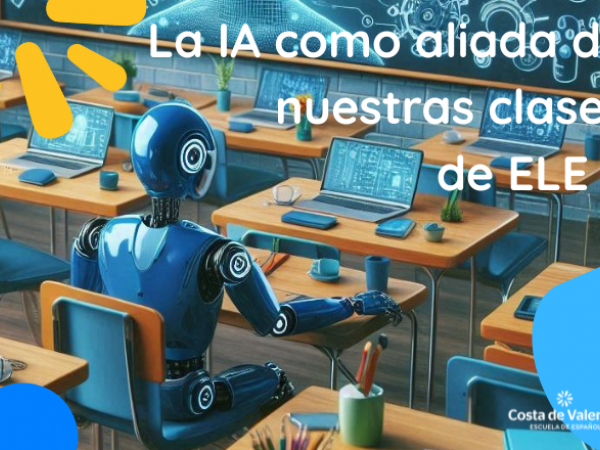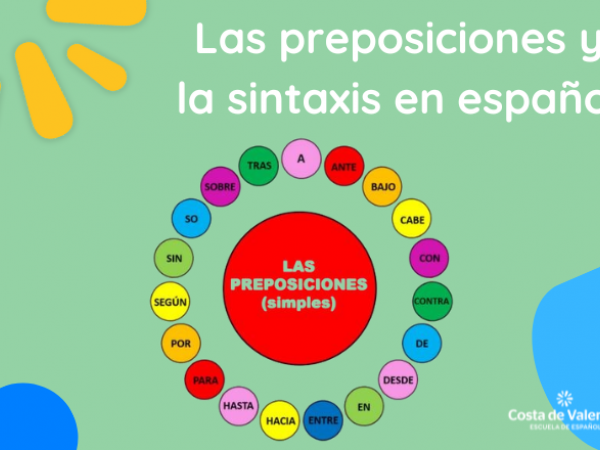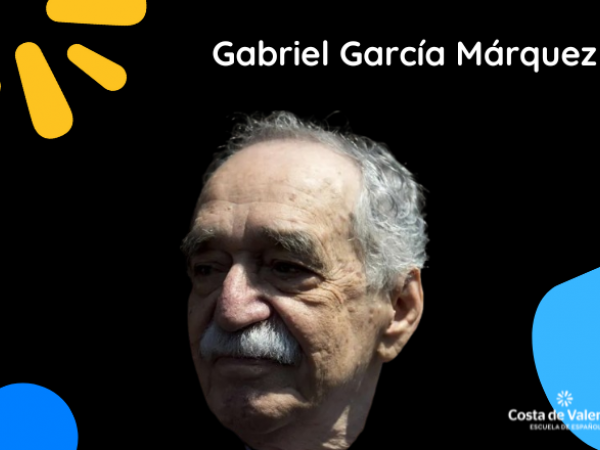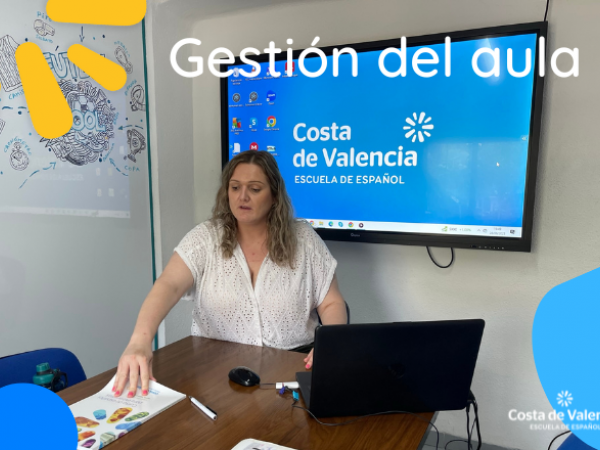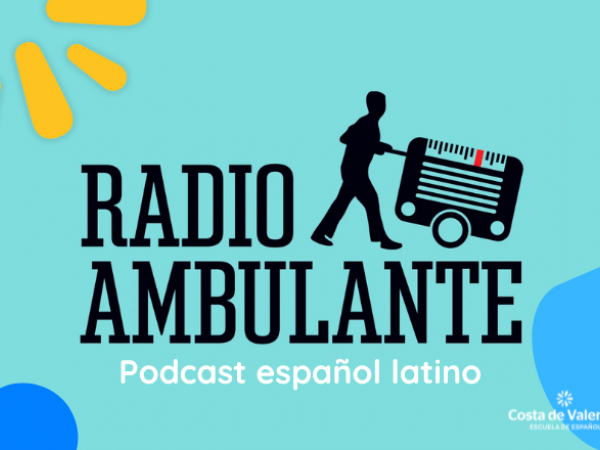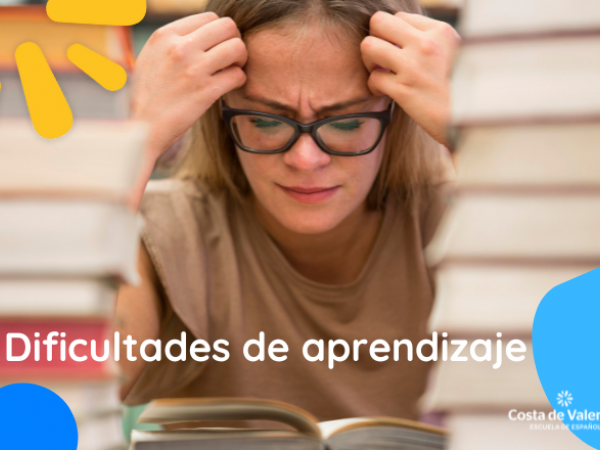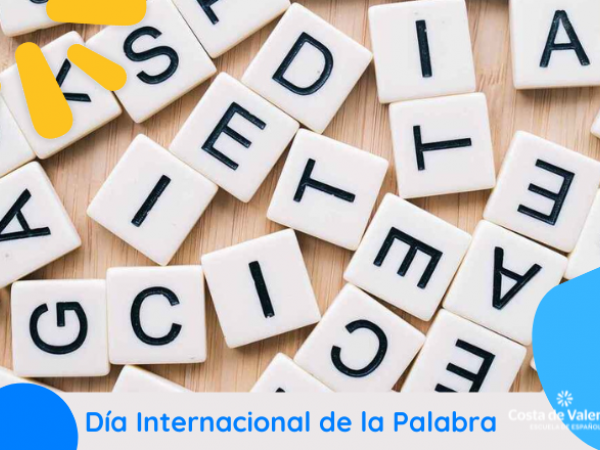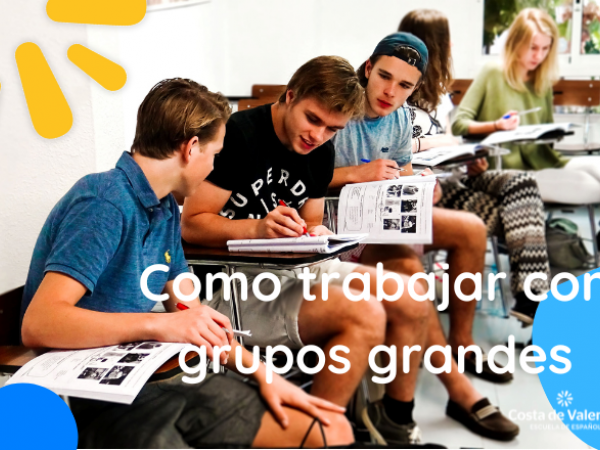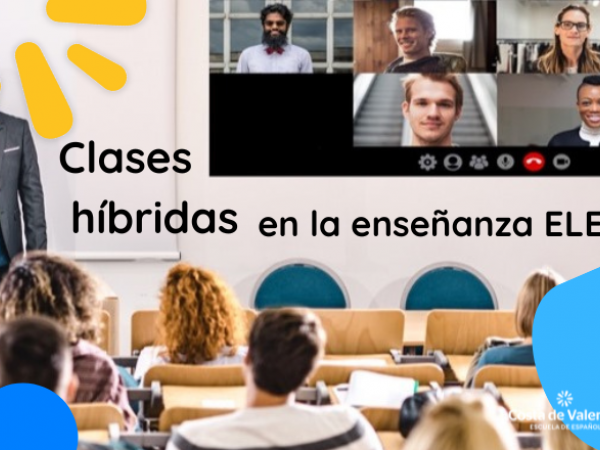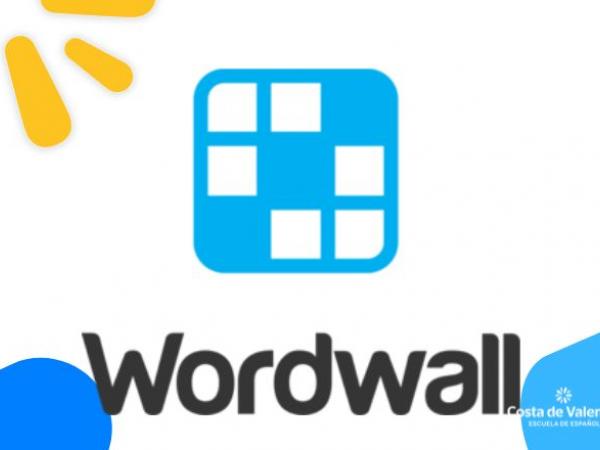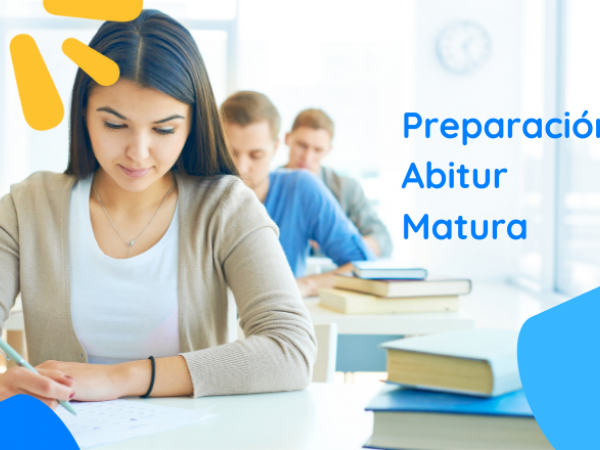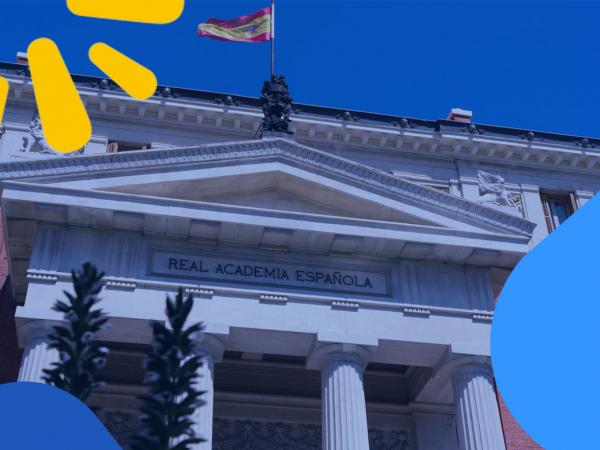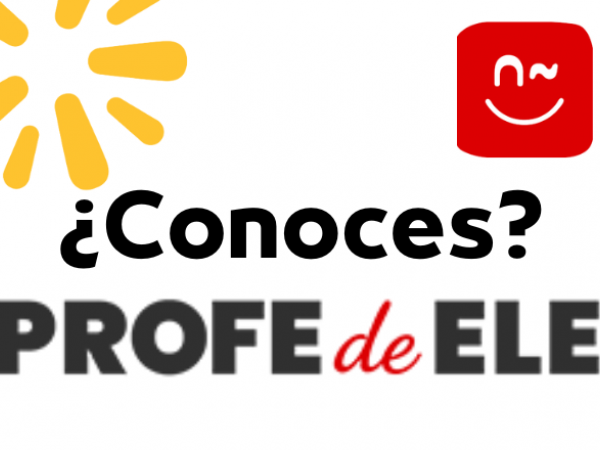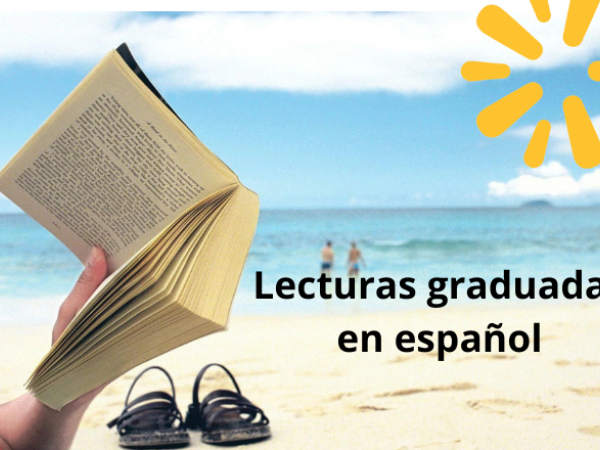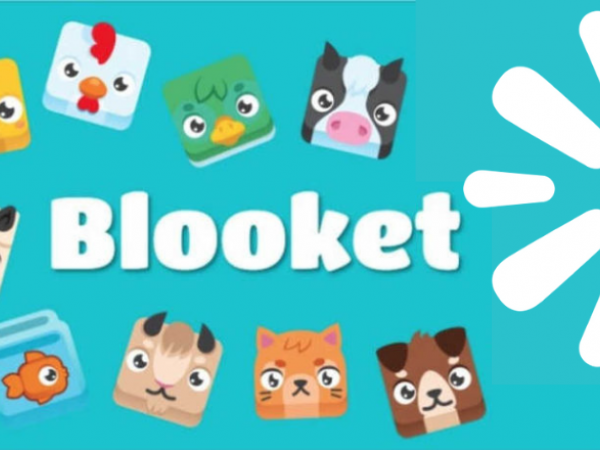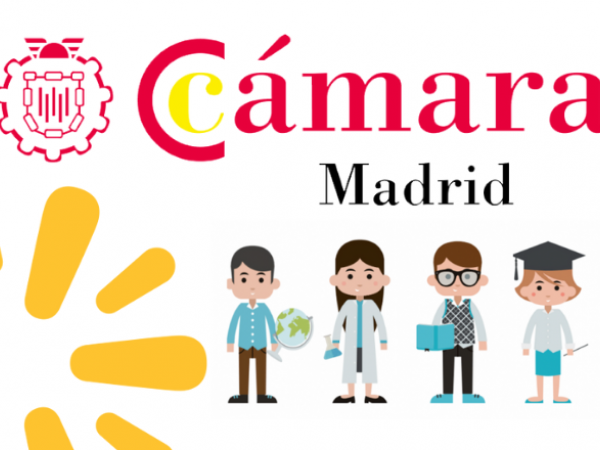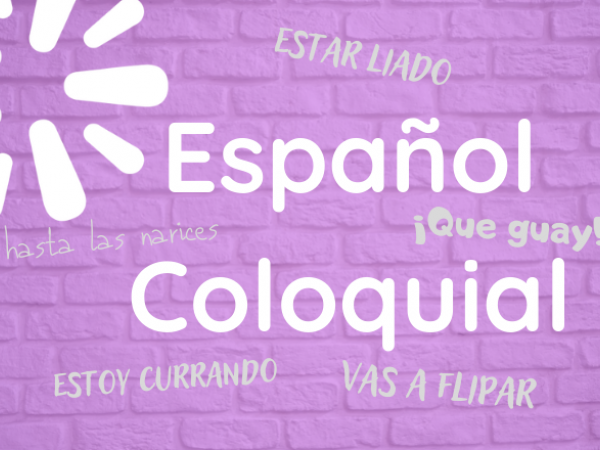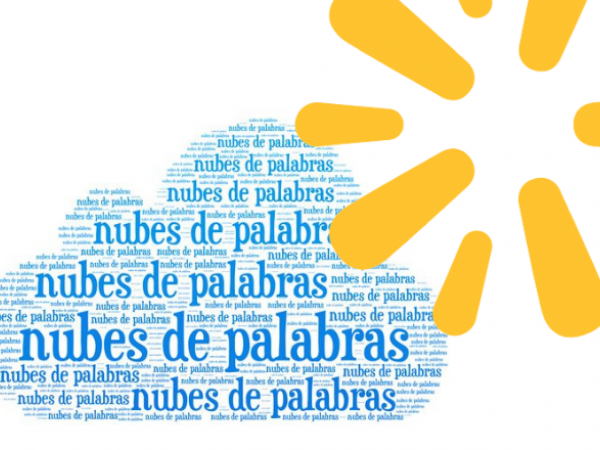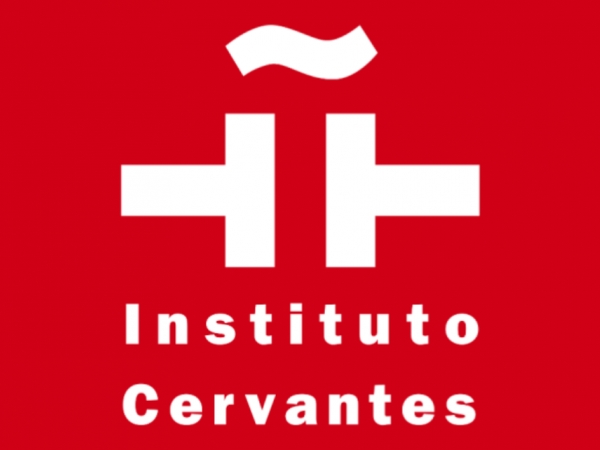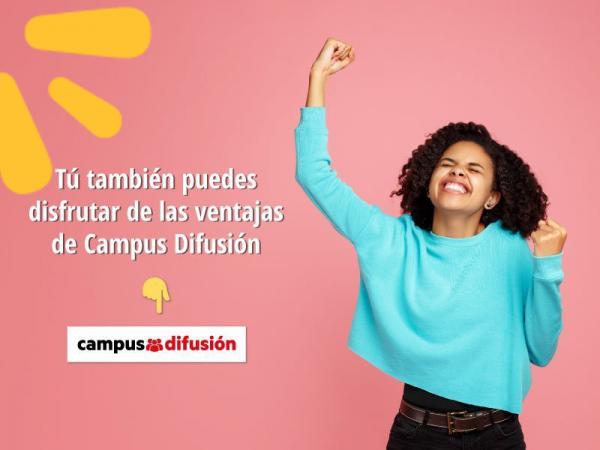POSITIVE FEEDBACK IN THE ELE CLASSROOM
Although we can agree that errors and corrections are a necessary part of learning, the truth is that many times these corrections do not seem to achieve the expected effect. In other words, they do not seem to be useful or, in the worst case, they are a source of frustration and demotivation for students if they are persistent. If they only receive a list of corrections every time they open their mouth to practice their Spanish or when they write a short text, they may come to think that they are not making progress, which may cause them not to want to continue with their learning. Therefore, perhaps it would be more appropriate to direct things in a different way to ensure that they improve and, at the same time, see that they are improving.
But how could this double objective be achieved? To achieve this, the strategy that different experts recommend is known as “positive feedback.”
So what is positive feedback? In order to understand it in a simple way, we can define it as any response given by the teacher in relation to the performance or work done by a student. The form that this response can take can be verbal, written or even gestural. However, although it may be presented differently, the objective of these responses is usually always the same: to help the student so that they can achieve good results in their learning process and do so trusting in their own abilities to do so.
Therefore, in general terms, feedback, in its most positive aspect, aims for the student to see their achievements in their own learning process and, at the same time, guide them to continue.
Likewise, different experts point out that, with this strategy, metacognition can be promoted by allowing moments of analysis within the classroom and allowing the student to assess what they have learned or not, how they can improve and how they can continue to improve. Without forgetting that feedback favors self-assessment and autonomous learning of our students.
Simple, right? The essential thing would be to focus on praising the student and putting emphasis on the positive aspects, right? Well, while that's part of the point, unfounded praise can be confusing and give students the wrong perception of their abilities. Therefore, when giving feedback, we must keep in mind that it must be:
● Constructive. Our feedback, in addition to saying what a student has done well, should include what aspects they can improve and give advice on how they can do it. Likewise, it would be necessary for these feedbacks to always focus on the individual needs of the students.
● Understandable. For students to improve, it is necessary that they first understand what we want to tell them. Therefore, it is best that our feedback is as clear as possible for them and appropriate to their level of Spanish.
● Sincere. Simply saying “good job” or “well done” is not enough in most cases. The grades must be genuine, critical and based on the aspects that the student can improve according to their abilities, level and context.
● Timely. The most effective thing is that the feedback is given at the most appropriate time. For example, if we want a student to improve their oral expressions, we should take advantage of moments after a complex intervention. In the same way, you can use a test result as an excuse to delve into those things you have done well and those in which you should improve. If you wait days to do it, the effects of the feedback will not have the same effect.
On the other hand, there are different ways and tools to apply these feedbacks. A very simple and effective way to introduce this feedback in our classes can be through the application of Daniel Wilson's Feedback Ladder where the following steps are followed: clarify, evaluate, express concerns and make suggestions.
1. Clarify: First of all, the teacher must understand the way in which the student has done his or her work and why he or she has reached certain conclusions. It can be done by asking questions that allow the student to justify himself and explain his lines of thought. This previous step is vital to be able to provide good feedback.
2. Assess: Once we understand the process that has been followed, what we must do next is introduce evaluations in a constructive way. That is, point out what has been done well and emphasize the positive points.
3. Express concerns: Once the positive has been established, we have to guide the student to reflect on their own work or what aspects they could improve on. To do this, you can use guiding questions as in the first step.
4. Make suggestions: In the last step, we must make recommendations to the student and give them advice on how they could improve.
As teachers, our main goal is to ensure that our students achieve their learning objectives. To achieve this, we use different techniques and strategies focused both on the teaching of content itself and on verifying the progress achieved and, from this moment, evaluating what has been achieved to reflect on how we can continue. For this reason, feedback can be an important element that can help us in this process. Therefore, and in conclusion, we must understand feedback as an important tool, both available to teachers and students, within the teaching and learning process.



